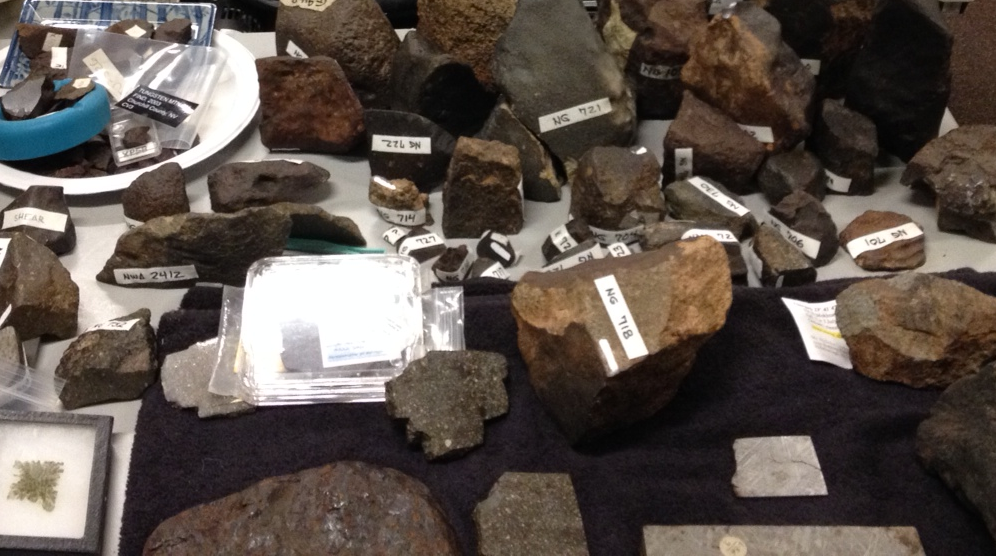On September 24, 2024, a significant fireball event, identified as a meteoroid entering Earth's atmosphere, occurred over southeastern North Carolina around 12:08 PM EDT.
Key Details
Event & Effects:
- The meteoroid, estimated to be roughly 2-3 feet (0.6-0.9 meters) in diameter, entered the atmosphere at about 22,000 mph (35,400 km/h) 44 miles (71 km) above Camp Lejeune.
- It fragmented violently between 28-32 miles (45-52 km) altitude near the Robeson/Scotland county border, releasing energy equivalent to approximately 1 ton of TNT.
- A loud sonic boom was experienced across a wide area, shaking buildings and startling residents, but no damage or injuries were reported.
Location & Witnesses:

- The fireball was primarily visible from North and South Carolina, though reports came from as far away as Virginia, Georgia, and Tennessee.
- NASA received over 150 eyewitness reports.
Debris & Recovery:
- The breakup occurred low enough that meteorites (fragments surviving to the ground) are almost certainly present.
- The potential fall area is centered near the town of Maxton, NC, extending eastward.
- Search efforts are ongoing; initial fragments recovered suggest it was a rare carbonaceous chondrite meteorite.
Scientific Significance:
- The recovery of these meteorites presents a valuable opportunity. Carbonaceous chondrites are primitive material dating back to the solar system's formation, containing water and organic compounds.
- NASA analyzed the event using data from the Geostationary Lightning Mapper (GLM) on NOAA's GOES satellites.
Important Notes:
- This was not an explosion; the noises and vibrations were caused by the intense pressure waves (sonic boom) from the high-speed object and its disintegration.
- If you find a suspected meteorite near Maxton, photograph it in place, note the location, and contact local science authorities or universities (like UNC-Chapel Hill or NC State) for guidance. Do not handle excessively.












